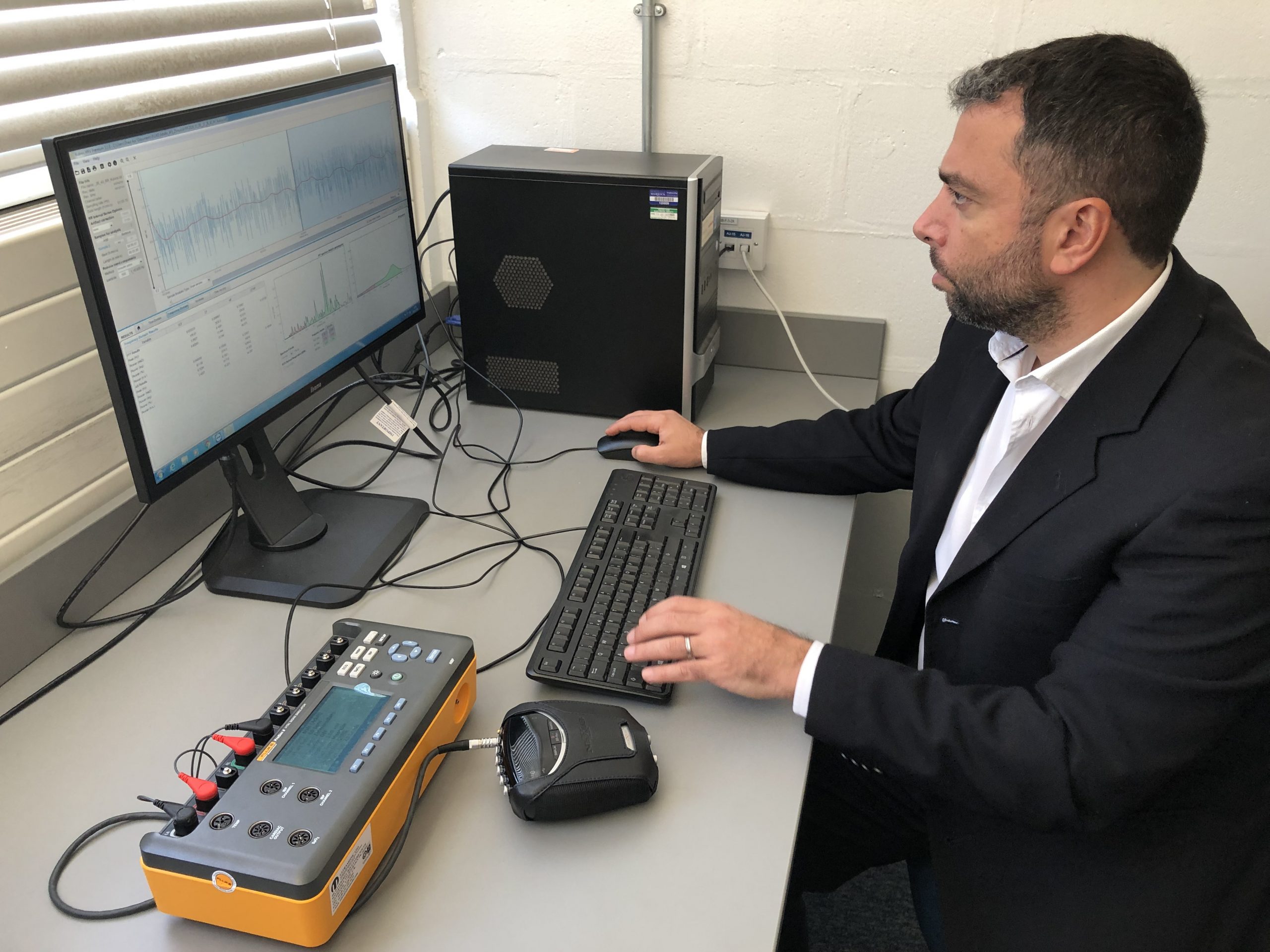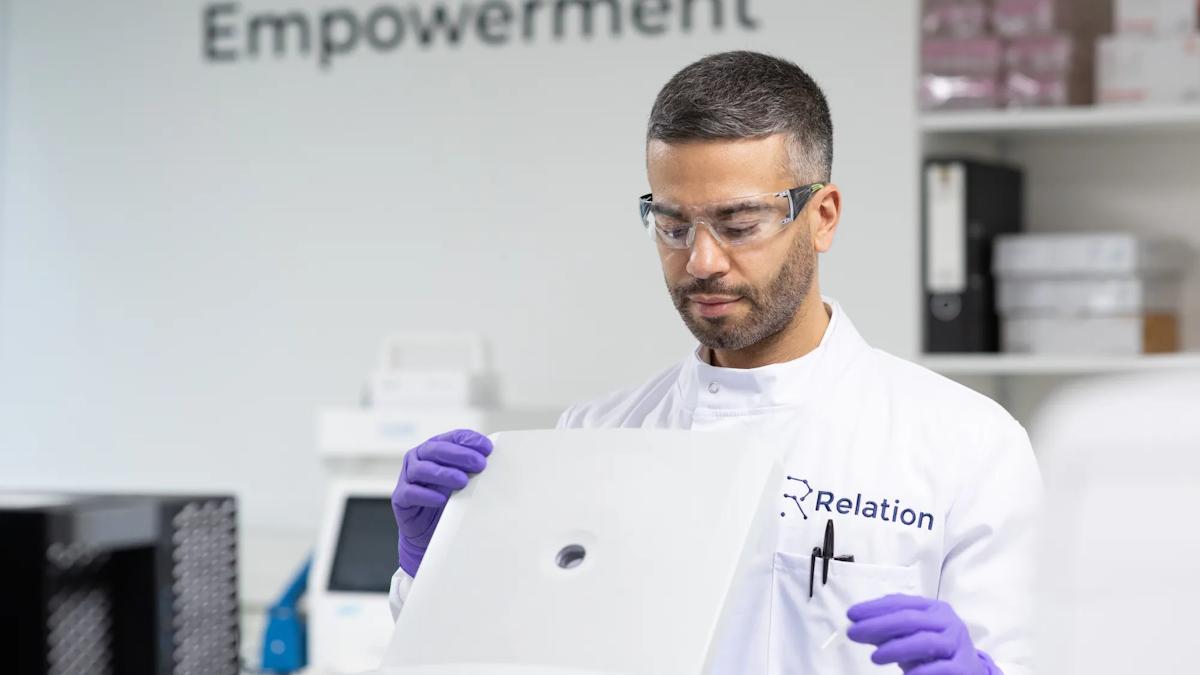AI system detects 'hypos' using ECG readout

Researchers from a UK university have devised an artificial intelligence (AI)-based system that can detect low glucose levels using an ECG readout without a fingerprick test, in healthy patients and those with diabetes.
Currently Continuous Glucose Monitors (CGMs) are available by the NHS for hypoglycaemia detection.
They measure glucose in interstitial fluid using an invasive sensor with a little needle, which sends alarms and data to a display device.
In many cases, they require calibration twice a day with invasive finger-prick blood glucose level tests.
The approach taken by the University of Warwick uses AI to detect hypoglycaemic events from raw electrocardiogram (ECG) signals via wearable sensors.
Researchers said the technology works with an 82% reliability rate and could replace the need for invasive fingerprick testing which would be particularly useful in children.
The team led by Dr Leandro Pecchia from the university’s School of Engineering have published results from the system in the journal Scientific Reports, proving AI can detect hypoglycaemic events based on data from off-the-shelf sensor technology.
The system is able to spot a tell-tale ECG waveform from someone undergoing a “hypo” event, which is associated with visibly longer QT intervals.
The university’s model is possible because it is trained with each subject’s own data, as differences between individual ECGs are so significant.
Dr Pecchia said: “The differences highlighted above could explain why previous studies using ECG to detect hypoglycaemic events failed. The performance of AI algorithms trained over cohort ECG-data would be hindered by these inter-subject differences.
“Our approach enables personalised tuning of detection algorithms and emphasises how hypoglycaemic events affect ECGs in individuals. Based on this information, clinicians can adapt the therapy to each individual. Clearly more clinical research is required to confirm these results in wider populations. This is why we are looking for partners.”
Further details are available in the paper.
Feature image courtesy of the University of Warwick













